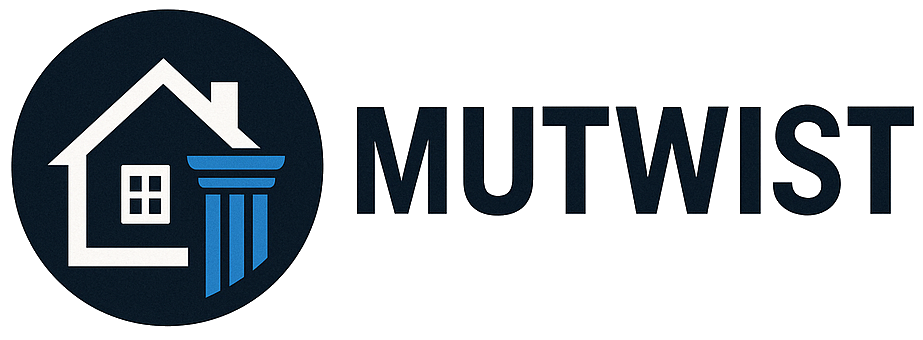The European Union’s commitment to a sustainable economy has taken many legislative forms, but few have had as profound an impact on corporate and financial reporting as the EU Taxonomy for Sustainable Activities. Designed to help the EU achieve its Green Deal targets and climate neutrality by 2050, the Taxonomy aims to provide a clear, consistent framework for defining what qualifies as environmentally sustainable.
However, as the regulation has rolled out across industries and member states, feedback from stakeholders — including financial institutions, businesses, investors, and national regulators — has highlighted a critical challenge: complexity. The current version of the EU Taxonomy is widely seen as difficult to interpret, burdensome to apply, and uneven in its sectoral relevance.
This article explores a simplification proposal for the EU Sustainable Activities Taxonomy, addressing its foundational structure, implementation challenges, and the pathways toward a more user-friendly and effective framework.
What Is the EU Taxonomy?
The EU Taxonomy is a classification system that defines which economic activities can be considered environmentally sustainable. It is based on six key environmental objectives:
Climate change mitigation
Climate change adaptation
Sustainable use and protection of water and marine resources
Transition to a circular economy
Pollution prevention and control
Protection and restoration of biodiversity and ecosystems
To be Taxonomy-aligned, an activity must:
Substantially contribute to at least one of these objectives,
Do no significant harm (DNSH) to any of the others, and
Comply with minimum social safeguards, such as OECD Guidelines and ILO standards.
Key Users
The Taxonomy primarily applies to:
Large companies under the Corporate Sustainability Reporting Directive (CSRD)
Financial market participants under the Sustainable Finance Disclosure Regulation (SFDR)
EU institutions and member state authorities for green public investment
The Complexity Problem
- Technical Overload
Each activity listed in the Taxonomy is accompanied by detailed Technical Screening Criteria (TSC), many of which are highly technical, industry-specific, and data-intensive. This makes alignment assessments time-consuming and expensive, especially for SMEs and companies in hard-to-abate sectors. - Inconsistent Interpretations
Differences in national enforcement and understanding of the TSCs have led to inconsistent reporting across member states. The result is confusion for investors, regulators, and companies alike — undermining the Taxonomy’s goal of comparability. - Binary Classification
Currently, activities are either Taxonomy-aligned or not, with little room for nuance. This fails to capture transitional activities, which may not meet full criteria today but are on a credible path toward sustainability. - Data Availability
Many companies, particularly in supply-heavy or outsourced sectors, struggle to obtain the granular data needed for DNSH assessments, often relying on proxies or best-effort reporting. This reduces accuracy and inflates compliance costs.
The Simplification Proposal: Key Elements
A growing coalition of regulators, think tanks, and private-sector stakeholders is calling for a simplified, more flexible version of the EU Taxonomy, with several central proposals:
- Tiered Classification System
Instead of the current binary approach, a tiered model would classify activities into multiple levels of sustainability:
Green Tier (Fully Sustainable): Meets all TSCs, DNSH, and social safeguards.
Amber Tier (Transitional): Does not yet meet all criteria but demonstrates a credible and time-bound transition plan.
Grey Tier (Neutral): Environmentally neutral but not harmful.
Red Tier (Harmful): Activities that actively harm environmental objectives.
This would provide greater granularity, improve comparability, and reduce greenwashing by showing a company’s actual sustainability pathway.
- Streamlined DNSH Checks
A simplified approach to DNSH could use standardized sectoral templates or checklists, reducing the need for complex bespoke assessments. These templates could rely on industry benchmarks and allow for safe harbor provisions for low-risk sectors. - Digital Taxonomy Tools
The development of automated reporting tools and a centralized EU Taxonomy Platform could help businesses navigate the screening criteria, map their activities, and auto-generate Taxonomy reports. This would be especially helpful for SMEs and non-financial reporters. - Sector Prioritization
Not all sectors contribute equally to the EU’s climate goals. The simplification proposal suggests focusing enforcement and granularity on high-impact sectors (e.g., energy, manufacturing, transport), while lighter-touch guidance can be applied to low-impact industries like hospitality or consulting. - Phased Implementation and Flexibility
Introduce phased or proportional reporting requirements based on company size, sector, and exposure. This would avoid overburdening smaller businesses while still encouraging sustainability alignment.
Benefits of Simplification
For Businesses
Lower compliance costs and clearer guidance
Easier integration into existing ESG and sustainability reporting processes
Better support for long-term transition strategies
For Investors
Improved data comparability and decision-making clarity
More meaningful insights into sustainability trajectories, not just static snapshots
Reduced risk of greenwashing through clearer categorization
For Policymakers
Enhanced credibility of the Taxonomy as a policy tool
Greater stakeholder buy-in and wider adoption
Accelerated movement of capital toward truly sustainable and transitional activities
The Path Ahead: Political and Regulatory Outlook
The European Commission has shown signs of openness to streamlining the Taxonomy in light of business feedback. In 2025, the Commission announced a public consultation on usability and proportionality, with proposals expected to be discussed during the Q4 2025 EU Green Finance Forum.
Key regulatory developments to watch:
Expansion of the EU Taxonomy Delegated Acts to include social and circular economy objectives
Updates to the Platform on Sustainable Finance recommendations
Integration with international standards like the ISSB and Taskforce on Nature-related Financial Disclosures (TNFD)
Conclusion
The EU Sustainable Activities Taxonomy represents one of the most ambitious sustainability classification frameworks in the world. But ambition must be matched with practicality and usability. Simplifying the Taxonomy — through tiered classifications, streamlined reporting, and digital tools — can help ensure it becomes not just a regulatory burden but a genuine lever for sustainable economic transformation.
The simplification proposal marks an essential evolution of the Taxonomy: from a purely technical instrument to a strategic enabler of the green transition. As the EU seeks to lead the global sustainability agenda, a more intuitive and inclusive taxonomy could be one of its most powerful tools.




